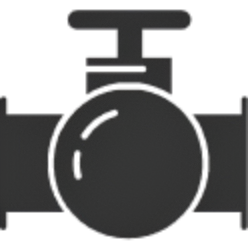Ingurumena betetzea
Horrez gain, gas isuriaren desulfuratzea prozesu batean urrats bat da, etengabeko hobekuntza eskatzen duena, ingurumen legeek arauak ezartzen dituztelako. Enpresek isuriak modu berritzaileetan murriztu behar dituzte, emisioetarako arau zorrotzekin. Izan ere, belaunaldi berriaren plantak azken teknologia erabiltzen dute ia sulfuro dioxido guztia kentzeko: enpresak ingurumen irizpideak betetzeko edo gainditzeko gai dira orain. Horrela, erakundeek ez dute soilik lege-ondorioetatik ihes egiten, baizik eta komunitatearen aldeko babesa erakusten dute, eta horrela, ondasunen saltzaile komertzial baten eta bere bezeroen arteko harremanak hobetzen dituzte, baita irudi publiko ona lortzen ere.


